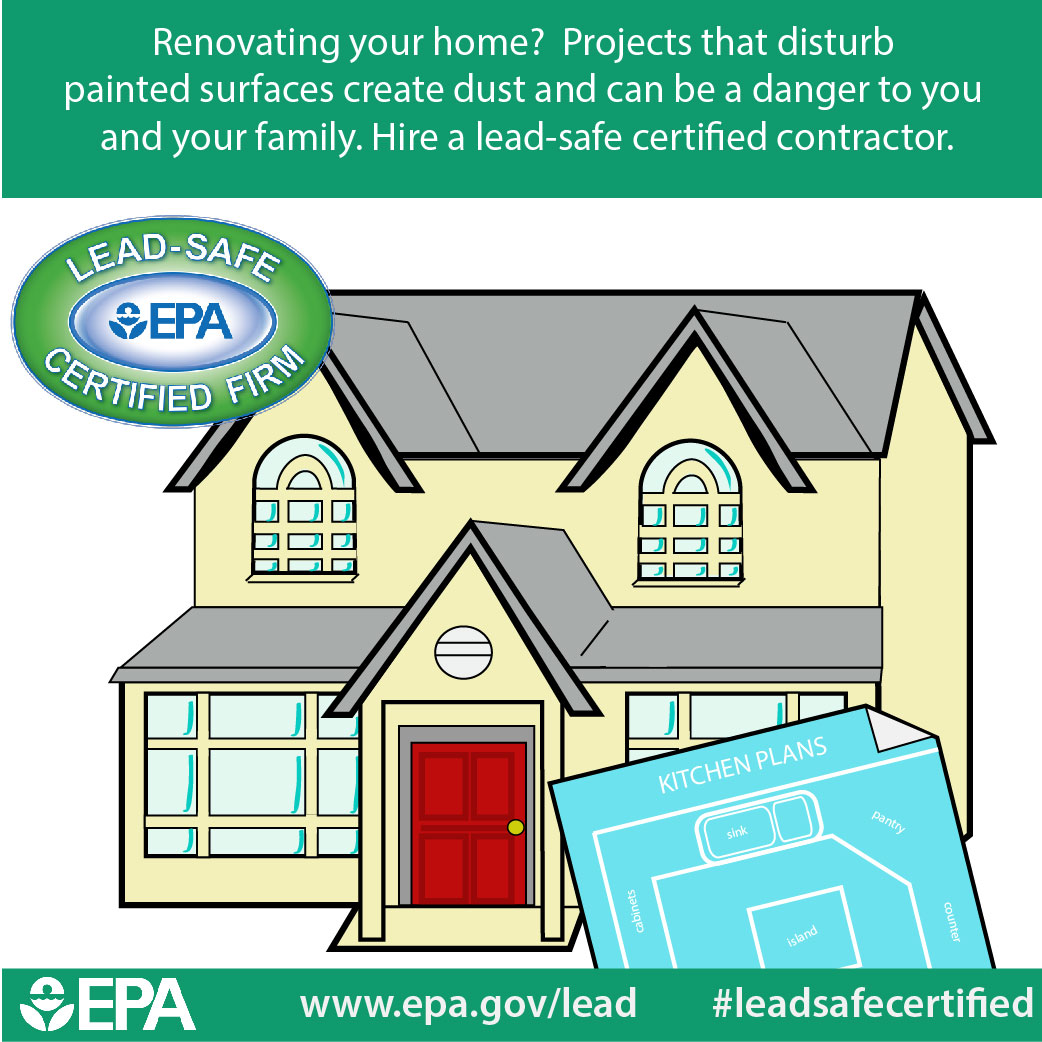Important Seasonal Aspects Of Commercial Exterior Painting: What You Need To Understand
Important Seasonal Aspects Of Commercial Exterior Painting: What You Need To Understand
Blog Article
staightline By-Leach Skafte
When you're planning a commercial outside paint job, seasonal factors can make or break your results. You'll intend to think about just how temperature level and moisture impact paint application and drying times. Picking the appropriate period can ensure your paint adheres appropriately and lasts much longer. Yet which periods are truly the very best for this sort of work? Let's check out the key elements that can influence your task's success.
The Impact of Temperature Level on Paint Application
When you're preparing a business exterior painting task, the temperature can substantially impact how well the paint sticks and dries out.
Preferably, you wish to paint when temperature levels range in between 50 ° F and 85 ° F. If it's as well cool, the paint may not treat effectively, resulting in concerns like peeling off or splitting.
On the flip side, if it's as well warm, the paint can dry out as well swiftly, preventing proper adhesion and causing an unequal surface.
You need to also take into consideration the time of day; early morning or late afternoon offers cooler temperatures, which can be more beneficial.
Constantly examine the producer's referrals for the particular paint you're utilizing, as they usually provide support on the ideal temperature level array for optimum outcomes.
Moisture and Its Effect on Drying Times
Temperature isn't the only environmental aspect that affects your industrial exterior paint job; moisture plays a substantial duty as well. High moisture levels can decrease drying out times dramatically, affecting the general top quality of your paint work.
When the air is saturated with wetness, the paint takes longer to treat, which can result in problems like poor attachment and a higher risk of mildew development. If you're repainting on a specifically humid day, be prepared for extensive delay times between coats.
It's essential to monitor regional weather conditions and plan as necessary. Preferably, aim for humidity levels in between 40% and 70% for ideal drying.
Keeping these consider mind ensures your job stays on track and delivers a lasting coating.
Best Seasons for Commercial Outside Painting Projects
What's the most effective season for your business external painting jobs?
Spring and very early fall are usually your best options. Throughout historic home painters , temperature levels are moderate, and humidity degrees are often lower, creating ideal problems for paint application and drying.
Stay clear of summertime's intense heat, which can create paint to completely dry as well swiftly, resulting in poor bond and finish. Similarly, winter months's chilly temperature levels can impede correct drying out and treating, running the risk of the durability of your paint task.
Aim for days with temperatures between 50 ° F and 85 ° F for optimum results. Bear in mind to inspect the regional weather forecast for rain, as wet problems can ruin your project.
Planning around these factors guarantees your painting job runs efficiently and lasts much longer.
Final thought
In conclusion, preparing your industrial outside painting tasks around seasonal factors to consider can make a significant distinction in the result. By organizing https://www.consumerreports.org/interior-paints/how-to-fix-interior-painting-mistakes-a3302059230/ during the ideal temperatures and humidity levels, you'll make certain better attachment and drying out times. Bear in mind to watch on neighborhood weather forecasts and pick the correct time of year-- springtime and early fall are your best options. Taking these steps will help you accomplish a durable and expert finish that lasts.
